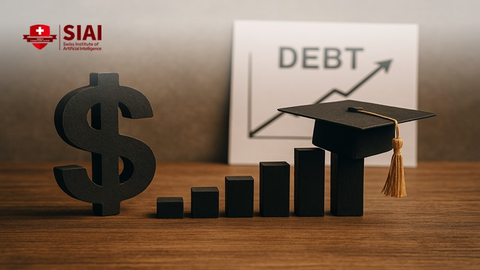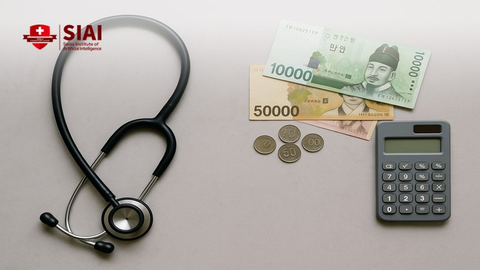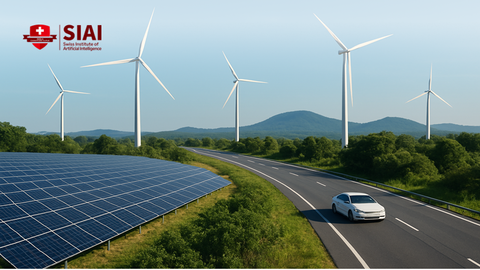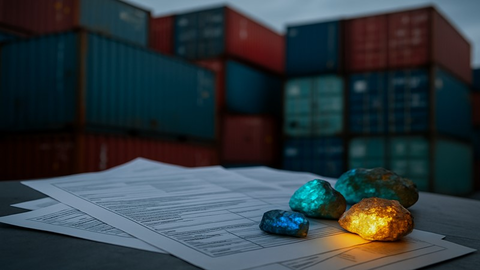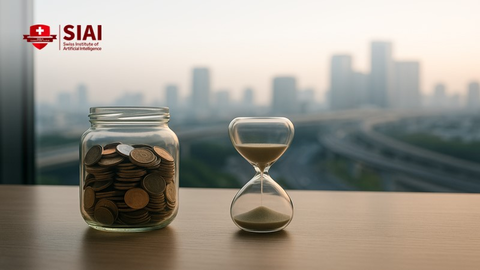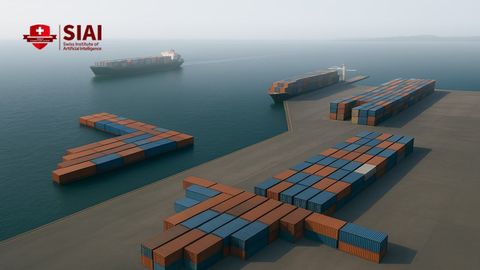Public R&D Subsidies Are the Risk Buffer Poor Countries Need
Input
Modified
Public R&D subsidies de-risk innovation in poor countries Brazil’s Embrapa shows ~110% productivity gains and ~17:1 payoffs Fund local adaptation, build capacity, and open data to crowd in private capital
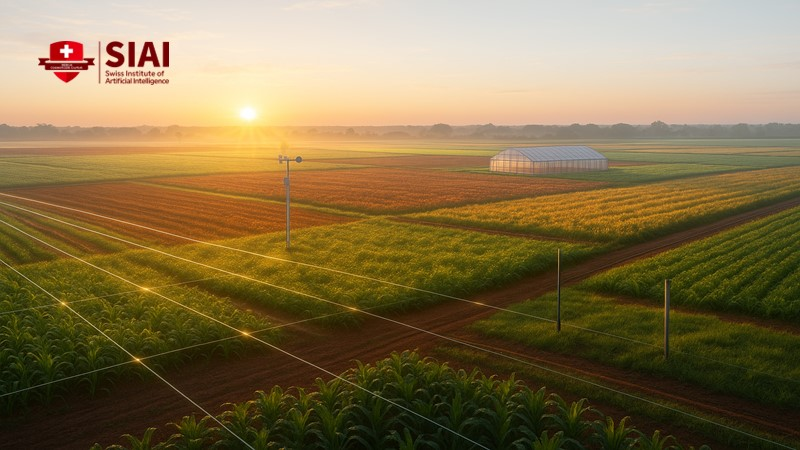
Brazil achieved impressive agricultural growth by making a crucial investment: spending public money to transform imported science into local solutions. A recent study estimates that Brazil’s agricultural research agency more than doubled national farm productivity—up 110%—with a long-run benefit-cost ratio of 17. These gains came from sustained public R&D subsidies that tailored seeds, soils, and methods to tropical conditions, rather than relying on off-the-shelf technology. The reality is apparent. When governments assume significant risks, private actors are motivated to invest, thereby increasing productivity. If they don’t, things remain unchanged. Timing is essential. Global R&D spending reached nearly $3 trillion in 2023, yet regions that need it most still invest only a small fraction of their GDP in research. This results in a widening innovation gap and, consequently, an income gap. Public R&D subsidies are necessary. They serve as the safety net that enables poorer countries to experiment, fail, learn, and eventually succeed.
Why public R&D subsidies are the missing risk buffer
The main challenge is not just the cost of creating new ideas. It’s also the financial burden of adapting foreign concepts to local markets with tight margins and limited collateral. Studies show that poorer countries invest significantly less in R&D as a percentage of GDP than wealthier nations, despite their growth potential. The most cited analysis explains this disparity: essential resources—trained researchers, laboratories, extension services, and patient funding—are lacking, making expected returns from private R&D unpredictable and slow. Companies decide to wait instead. Public R&D subsidies shift this equation by sharing initial risks and building the needed resources. Without these, a food processor in Niger or a seed cooperative in Nepal cannot afford long-term trials with potential but delayed rewards. This wait is costly. In Sub-Saharan Africa, R&D intensity has remained around 0.3% of GDP, far below the global average. At the same time, the number of researchers is only a small fraction of that in high-income countries, limiting the spread and application of knowledge.
Debt conditions have worsened the situation. In 2023, developing countries spent a record $1.4 trillion servicing external debt. Budgets tightened, and capital spending dropped. This reduces funding for public research first, since its benefits are realized later. At the same time, foreign direct investment in developing countries fell to its lowest level since 2005, bringing down another potential source of knowledge and risk capital. In this context, public R&D subsidies serve not just as a counter-cyclical measure. They are essential for adapting when commercial funds decrease and ministries face budget cuts.
Brazil shows the upside—and the mechanism
Brazil’s journey is significant because it is about localization funded by the state, not mere imitation. Starting in the 1970s, the government built a national research network to address poor Cerrado soils, tropical pests, and heat stress. A new analysis from 2025 connects the phased implementation of research centers to significant and consistent improvements in yields and overall output. It then links these gains to national productivity. The key takeaway is essential: a 110% increase in agricultural productivity and a benefit-cost ratio of nearly 17 when comparing research spending to documented gains. These figures reflect structure—distributed labs, local hiring, and problem-focused agendas developed with producers. This combination reduced the risk of failures and accelerated the spread of knowledge. Public R&D subsidies allowed the system to maintain progress through lengthy delays and changing political climates.
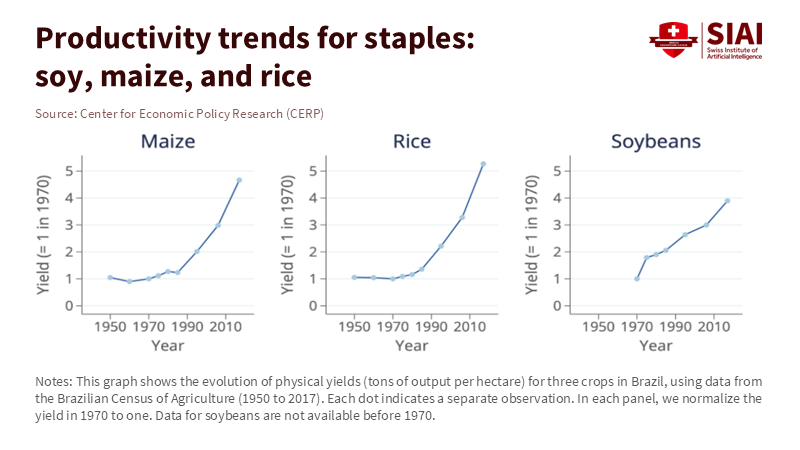
The benefits extended beyond the main breakthroughs. Biologically fixed nitrogen lowered reliance on imported fertilizer, cutting costs while boosting yields. Adapted crops opened up previously unproductive lands, and extension services helped implement complex practices into regular use. Brazil's path also highlights a paradox that critics point out: success can lead to more environmental strain if incentives favor expansion over efficiency. The solution is not to reduce public research. It is to direct it wisely—combine public R&D subsidies with land-use regulations and climate-friendly mandates, so adaptation increases overall productivity without causing new deforestation waves. Recent discussions on bio-inputs and award-winning soil microbiology emphasize how targeted public science can replace resource-heavy inputs while maintaining output. This type of localization will be crucial for poorer countries facing climate challenges.
Why private capital waits: thin margins, debt, and diffusion risk
If the benefits are so significant, why don’t companies invest right away? Because for a single firm in a poor country, the math often doesn’t add up. Returns from basic and applied research are unclear; competitors can copy their innovations; farmers may change suppliers; and legal systems may not protect intellectual property. Additionally, many markets in developing countries are small or fragmented, which extends the payback period. Research shows that poorer nations conduct much less formal R&D relative to GDP, not because of a lack of ideas, but because the necessary elements to turn ideas into profits are missing. When education systems train few researchers per million people and scientific facilities are underdeveloped, the expected value of private research remains low, even if the social benefits are high.
Macro conditions worsen these micro issues. When central banks raise interest rates to control inflation elsewhere, poorer countries face high borrowing costs and currency risks. Ministries managing large dollar debts postpone or cut innovation budgets. In response, multinational companies reduce local research efforts and rely more on imported technology. This situation leaves few players who can absorb the fixed costs of adaptation. Public R&D subsidies prove essential here. They support the public good aspect of adaptation—the part that no single firm can recover—while creating a flow of projects that private capital can fund. This is what Brazil’s system accomplished: support upstream research, shift the focus towards local constraints, and allow companies to profit from developing inputs, services, and data. When executed correctly, the government is not pushing private investment out. It is attracting it in.
A policy playbook for low-income settings
The strategy starts with a clear focus. Public R&D subsidies should support adaptation rather than high-profile projects. Ministries need to identify a few local challenges where imported technology does not perform well—like salinity in delta rice, heat-resistant maize, or affordable diagnostics for rural clinics—and create multi-year initiatives that engage universities, applied research institutes, and producer groups with practical goals. Funding must be reliable and consistent. International evidence confirms that agricultural R&D delivers high but slow returns, with many studies showing substantial real returns over time. Policymakers should protect research budgets from annual cuts by allocating a small share of sector levies or commodity revenue into a dedicated, performance-audited fund. This can create a positive feedback loop: even modest contributions can keep laboratories running and partnerships functioning during downturns.
Capacity is the second key component. Subsidies only work if there are capable users. Countries with very few researchers should pair grants with investments in human resources: scholarships tied to local lab placements, shared equipment centers, and regional field stations that reduce travel and logistics expenses for trials. The gap in the number of researchers is significant. Some low-income nations have dozens of health researchers per million people, while wealthier nations have hundreds. Bridging this divide needs specific, manageable steps, such as funding one entomologist per agro-ecological area, paying technicians who maintain cold chains, and establishing service goals for extension workers. Each of these actions may seem minor, but they improve the expected return of every public R&D subsidy dollar and, crucially, encourage the subsequent private investments that follow state funding into adaptation.
Good governance completes this strategy. The lesson from Brazil is not just to “spend more.” It’s to “organize better.” Decentralizing laboratories into distinct ecological areas significantly contributed to measurable returns. This approach kept research close to producers and accelerated the process from problem identification to prototype development. Other countries can replicate this method, if not at that scale: set up research centers in areas with the most significant ecological diversity; hire locally; reward joint publications with producer groups; and present varietal and practice trials in clear language. Tying public R&D subsidies to these guidelines and to open data is crucial: results, protocols, and geotagged field notes should be accessible by default.
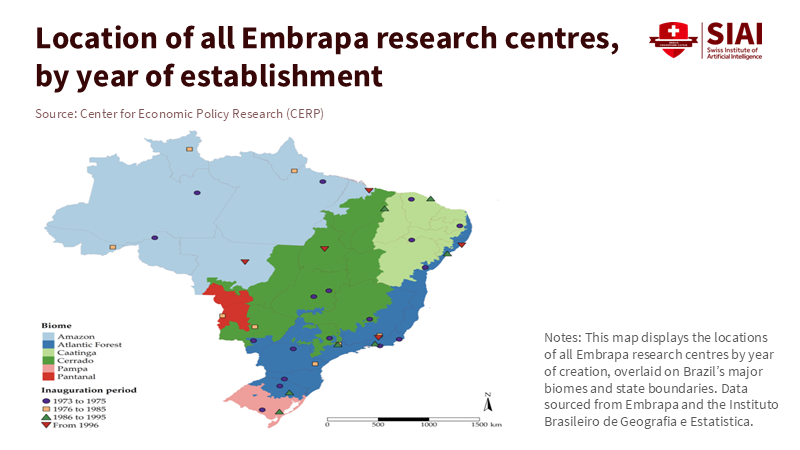
Critics may question whether this is financially practical amid debt problems. The reply is yes, if approached carefully and incrementally. Start with 1/10 of 1% of GDP for public R&D subsidies focused on adaptation. This can be financed by reallocating less effective input subsidies or implementing modest levies on commodity exports. Use concessional loans when possible, but keep debt service manageable by timing outlays and prioritizing technical assistance over equipment. The financial challenges are significant. However, the cost of inaction is even greater: persistent yield gaps, high import bills, and increased vulnerability to climate impacts. Recent global numbers indicate that R&D spending is rising overall; the goal is to help poorer systems capture a share that reflects their needs.
For education systems, the messages are immediate. Teacher training institutions, technical schools, and universities should redesign their programs to align with public R&D subsidies and adaptation strategies. Graduates need to know how to conduct trials, not just study them; they must work with producer data, rather than publish in academic journals. Extension services should move from one-way “technology transfer” to two-way problem-solving with digital feedback loops, using failures to shape future grant applications. Administrators should include data managers and lab technicians as key personnel, not just temporary contractors. At the policy level, ministries should incentivize universities to collaborate with farming cooperatives on intellectual property and encourage open access to negative results, thereby benefiting everyone by saving time and money. These moves are not costly; they are intentional steps that allow each public research dollar to stretch further.
Brazil’s experience shows that when governments take on the initial risks, markets can carry the results. The statistic that started this discussion—110% productivity and a 17:1 return on publicly funded, locally focused research—should be viewed as a guiding principle rather than an outlier. In a world where global R&D approaches $3 trillion but the poorest regions invest only about 0.3% of GDP in research and train far fewer scientists, depending solely on private efforts will cement the existing divide. Public R&D subsidies are the link from idea to impact when risks are high and support is thin. The call to action is clear: fund adaptation, build capacity, decentralize laboratories, and share both successes and failures. If done, the next wave of productivity growth won’t be exclusive to a select few regions or budgets. It will become the standard.
The views expressed in this article are those of the author(s) and do not necessarily reflect the official position of the Swiss Institute of Artificial Intelligence (SIAI) or its affiliates.
References
Akerman, A., Moscona, J., & Pellegrina, H. (2025). Public R&D Meets Economic Development: Embrapa and Brazil’s Agricultural Revolution (Working paper). National Bureau of Economic Research / SSRN. Retrieved October 29, 2025.
Alston, J. M., Pardey, P. G., & Rao, X. (2021). Rekindling the slow magic of agricultural R&D. Issues in Science and Technology. Retrieved October 29, 2025.
ASTI (2023). Global Assessment of Agricultural R&D Spending. International Food Policy Research Institute. Retrieved October 29, 2025.
Goñi, E., & Maloney, W. F. (2017). Why don’t poor countries do R&D? European Economic Review. Retrieved October 29, 2025.
United Nations (2023). Sustainable Development Goals—Goal 9 Extended Report. New York: UN DESA. Retrieved October 29, 2025.
WIPO (2024). End-of-year edition: Against all odds, global R&D has grown close to USD 3 trillion in 2023. Global Innovation Index Blog. Retrieved October 29, 2025.
WHO (2023). Health researchers per million inhabitants, by income group. Global Observatory on Health R&D. Retrieved October 29, 2025.
World Bank / Reuters (2024). Developing countries’ record $1.4 trillion debt service bill squeezes budgets. International Debt Report coverage. Retrieved October 29, 2025.
World Bank / Reuters (2025). Investment flows in 2023 into developing countries at lowest since 2005. World Bank report coverage. Retrieved October 29, 2025.
VoxEU (2025). Public R&D and Brazil’s agricultural revolution. VoxEU.org column. Retrieved October 29, 2025.

